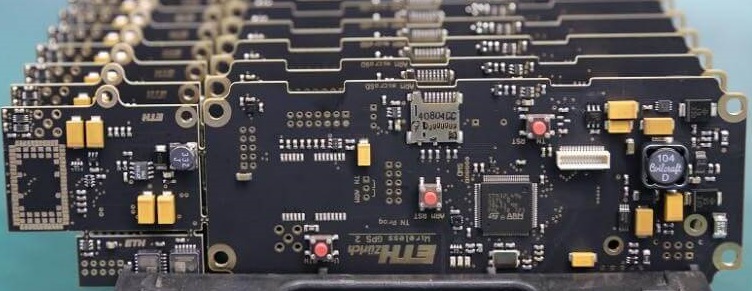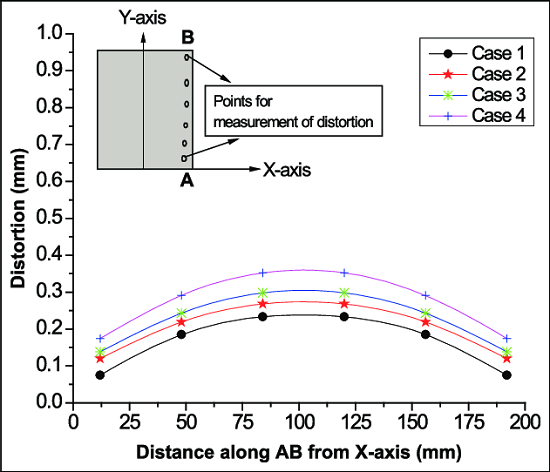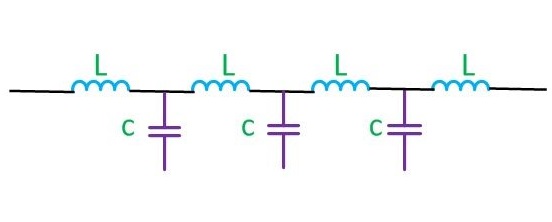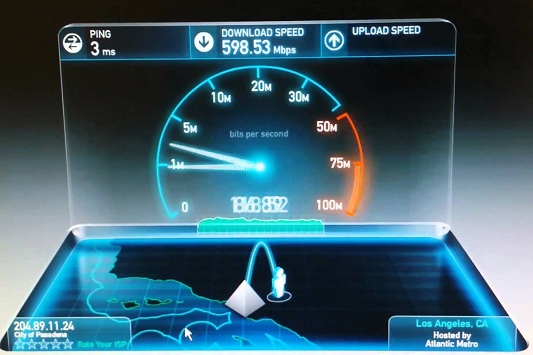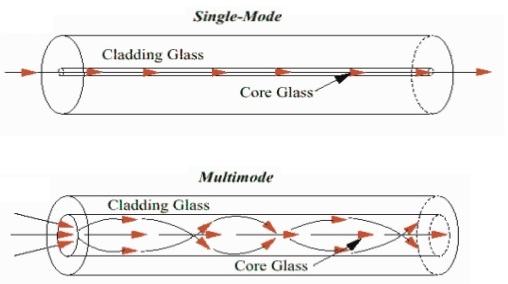The pcb full form is printed circuit board which is an insulating board as a base material. A PCB is the backbone of any electrical device. Circuit boards are manufactured using the non conductive base board cutting it to some dimension with a conductive pattern
Read More
What are the types of line distortions? The distortions occurring in the transmission line are called waveform distortion or line distortion. Waveform distortion is of two types i.e. frequency distortion and phase or delay distortion. How frequency distortion occurs in a power transmission
Read More
The parameters of a transmission line are Resistance (R), Inductance (L), Capacitance (C) and Conductance (G). Resistance (R) is defined as the loop resistance per unit length of the wire. Its unit is ohm/Km. Inductance (L) is defined as the loop inductance per unit length of
Read More
No doubts fiber optic internet speed is the fastest speed in the world. If you are willing to know what internet speed is available in your home or office, you need to explore the fiber optic internet packages offered by the service
Read More
Optical fiber cable is the most important subject for large data and voice communication. Obviously like all other communication system, the primary objective of optical fiber communication system is to transfer successfully the signal containing information (voice, data, video) from the source
Read More
Fiber Optic cable is made up of thin fibers which are useful for the transmission of large amount of data. Infact the optical fiber is a hair thin cylindrical fiber of glass or any transparent dielectric medium. The fiber which are used
Read More
